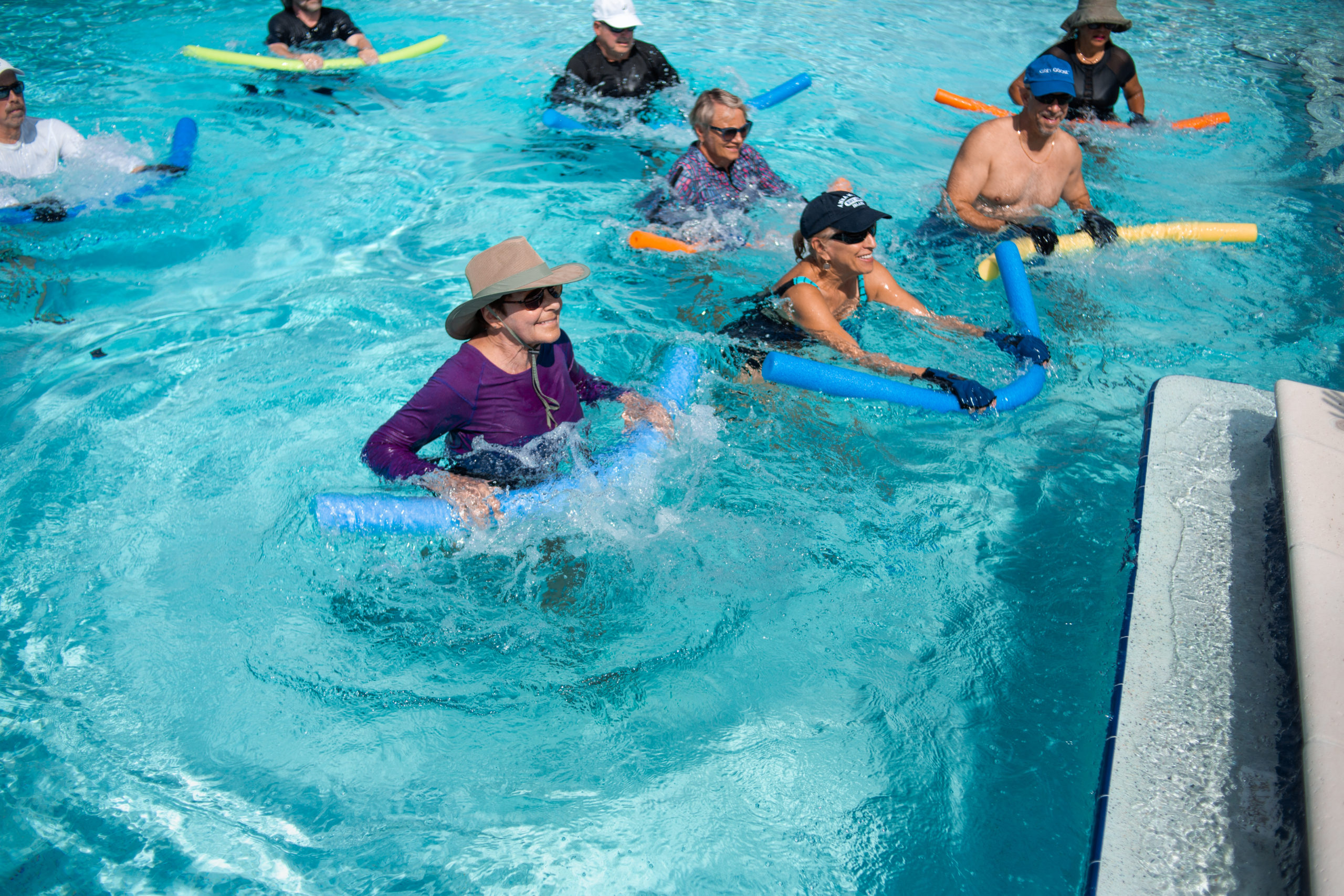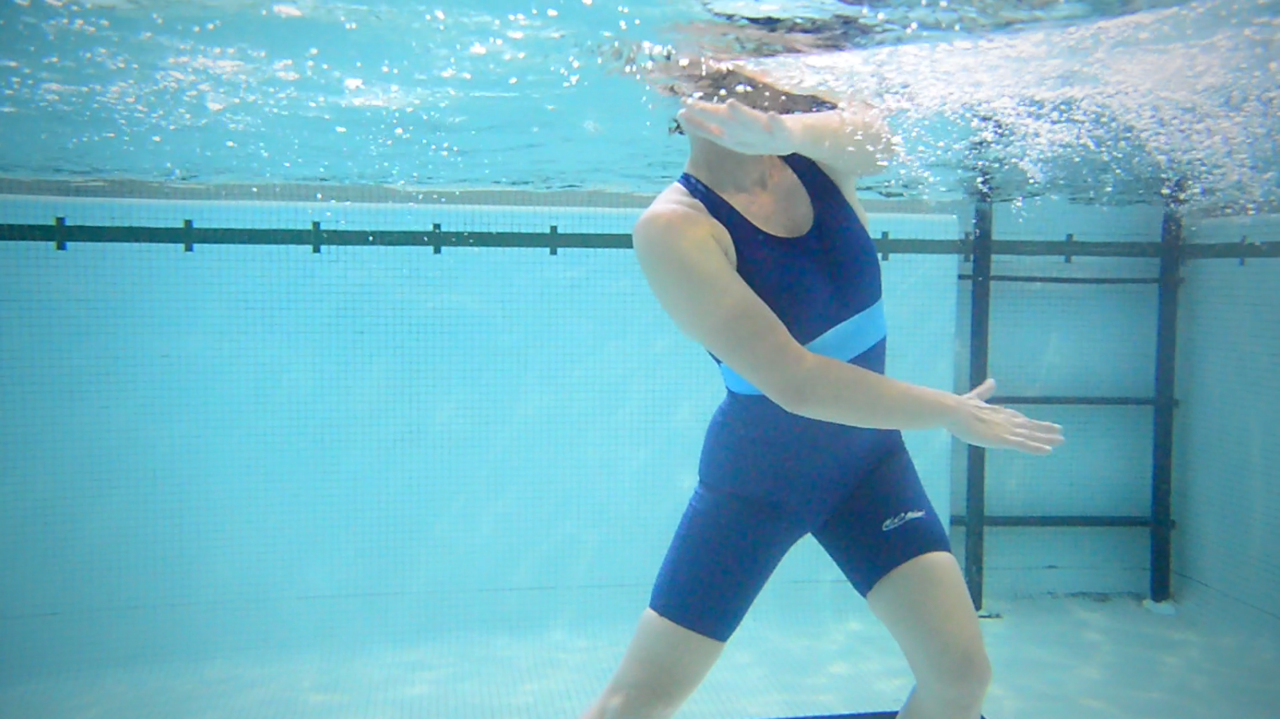When it comes to workouts, we can too often equate intensity with sheer hard work, believing that pushing ourselves to the limit is the only way to achieve results. But what if we start to see intensity as a spectrum? What if intensity doesn’t necessarily mean pushing yourself to your limit, but relates to a scale working from complete rest to maximum effort? What if—and here’s the kicker—every single point on this spectrum plays a crucial role in your overall fitness progress?
Good news: the intensity spectrum is here to save you from maximum effort or bust. Striking the right balance between effort and ease is key to optimizing your workouts and speeding up your results.
The Importance of Measuring Intensity

Now we’re happy with intensity being a spectrum, monitoring and measuring where you are on that intensity spectrum is essential for targeting specific fitness goals effectively. By working within the appropriate intensity zone, you can ensure that your efforts are aligned with the results you’re after. This involves understanding the body’s energy systems—your metabolism—and how this contributes to your physical performance and overall well-being.
The Body’s Energy Systems
Your body’s metabolism relies on three primary energy pathways to fuel movement and activity:
- ATP-PC System: This immediate energy source powers short, explosive movements, such as standing up from a chair.
- Anaerobic Glycolysis: This system kicks in for activities lasting up to two minutes, providing energy for moderate-duration efforts.
- Oxidative (Aerobic) System: This long-lasting energy source supports sustained activities, from sitting to running a 5K.
A well-rounded exercise program should engage all three of these systems, ensuring that you’re ready for any activity your day throws your way. Just as your body needs to move in various directions, it also needs to diversify its energy use to improve overall efficiency and endurance.
Think about running up the stairs to answer a phone left on a bed, twisting to stop a child touching the stove, or playing golf, walking with a friend, or even getting out of bed pain-free; the ease (or lack thereof) all of these sorts of movements relates directly to how you’re working out. Diversifying movements, intensity, and range, therefore, will have direct results on how you engage with every day.
Finding Your Sweet Spot: The Intensity Scale
To better understand and apply the concept of exercise intensity, use a scale to categorize your efforts:
3-Point Intensity Scale
- Easy: Activities like housework (vacuuming, dusting, cleaning)
- Moderate: Walking up stairs, hiking, golfing
- Very Hard: High-effort activities like walking up an incline, a long flight of stairs, or lifting heavy objects
10-Point Intensity Scale
- 1-2: Rest
- 3-4: Easy
- 5-6: Moderate
- 7-8: Hard
- 9-10: Very Hard
By familiarizing yourself with how your body feels at different intensity levels, you can better gauge and adjust your workouts to meet your specific goals as well as find balance when you need it.
Practical Application of Intensity

Not every workout needs to be a grueling test of endurance, just as every workout shouldn’t be a breeze. For example:
- Strength Training: To improve leg strength for activities like climbing stairs, you need high-intensity exercises.
- Sports Performance: To enhance your golf game, incorporate both moderate and hard exercises.
- Independence and Daily Functionality: Engage in a range of intensities to ensure you can handle everything from relaxing at home to high-effort tasks.
Measuring and Adjusting Intensity
Understanding your body’s response to different intensity levels is crucial. This involves regular self-assessment during workouts:
- Body Sensations: Recognize how your body feels at each intensity level.
- Benchmarks: Establish clear indicators for each level to ensure you’re working in the correct zone.
- Adjustments: Be prepared to increase or decrease intensity based on your progress and feedback.
The Takeaway
Balancing effort with ease is fundamental to achieving your fitness goals. Whether it’s improving the way you go about your daily activities, maintaining independence, or improving sports performance, applying the right intensity to your workouts is essential. To delve deeper into understanding intensity levels and how to apply them effectively, check out this blog post and watch our YouTube video on cardio training.
Remember, knowing the intensity scale is just the beginning. Applying it thoughtfully to your workouts will make all the difference in reaching your fitness aspirations. Want to start seeing your best results? Learn more about Wavemakers where the intensity scale is a part of every workout.
